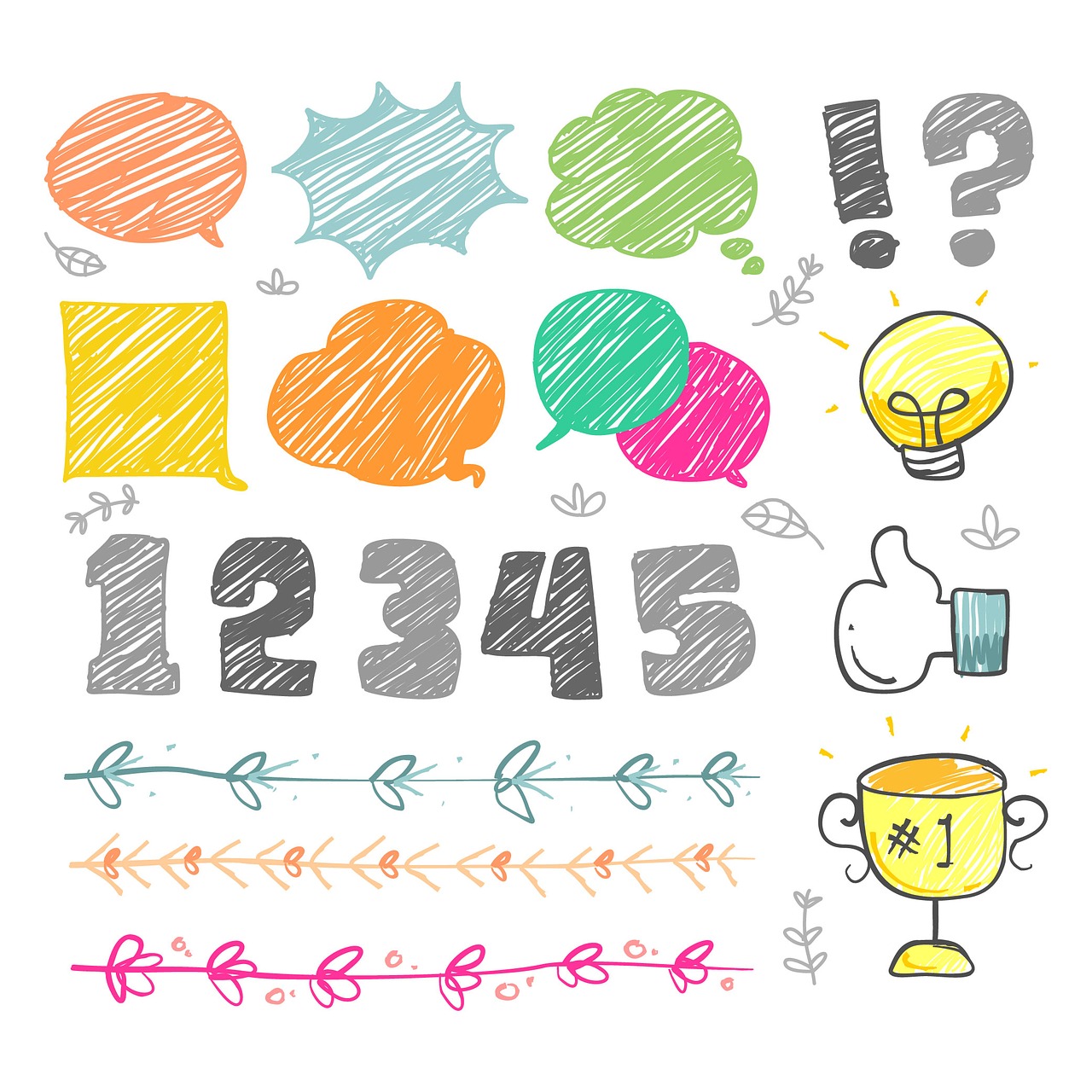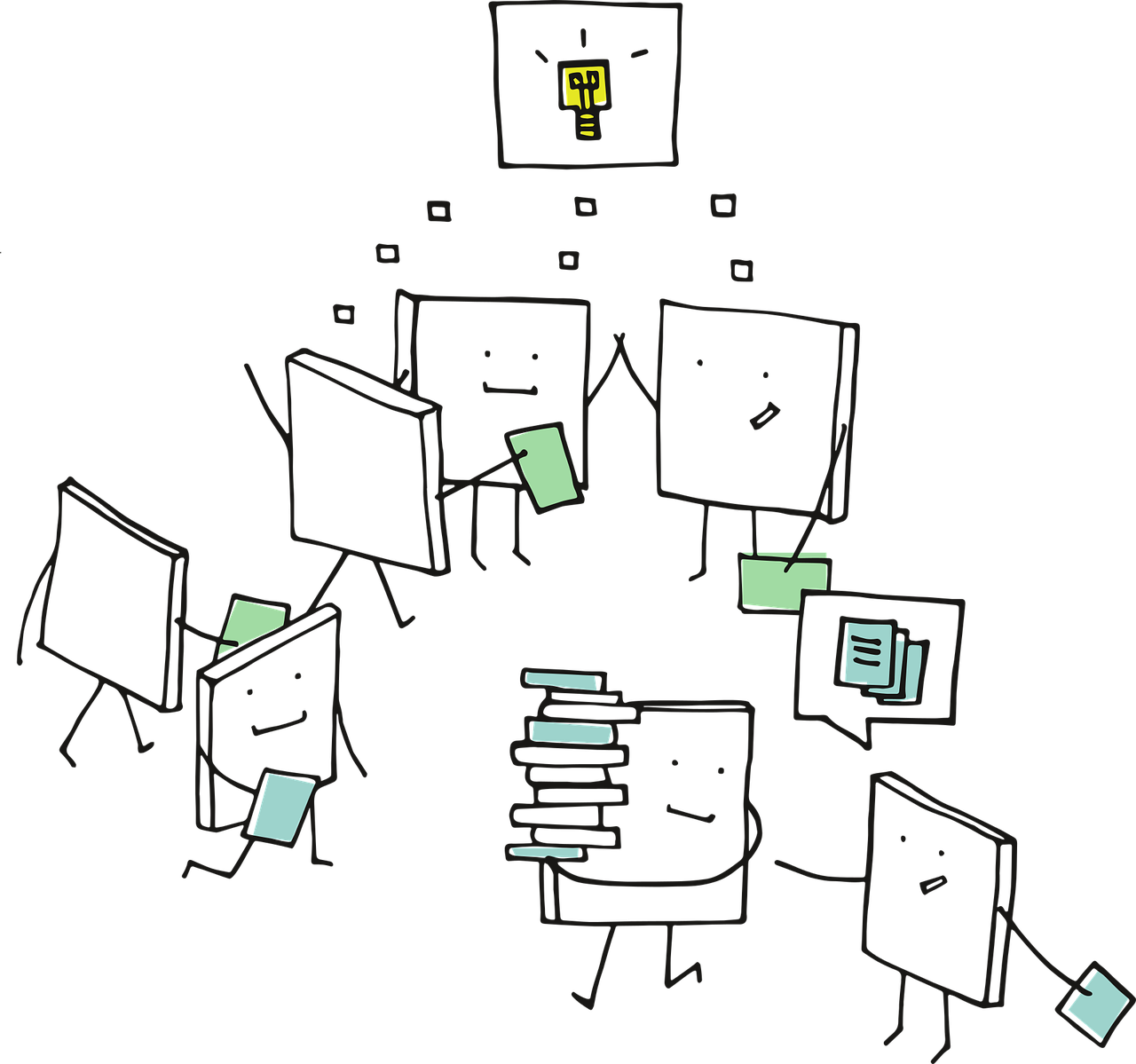
A way to start talking to your students about things that matter to them.
Image by Freepik
Students illustrate something they like to do (or other prompt) on an
index card or piece of paper. Then the student displays their drawing in
front of them. The teacher starts by picking a card and shows
it to the class, makes a statement, asks questions, compares cards, and
so forth all to
facilitate the conversation while building on things that matter to
students.
Originally developed by Ben Slavic and called “Circling with Balls”, this activity works wonderfully to develop a sense of community in your classroom, establishes crucial norms, all while staying in your target language. Skills used in this strategy are Circling, Personalized Questions & Answers, going slow, Pointing and Pausing, and more.
Featured video:
Watch as Ngan Ta demonstrates Card Talk in Vietnamese to a group of teachers at the HALT Summer Summit.
Card Talk - How Do I Love Thee?
by AnneMarie Chase
Starting Card Talk
by Tina Hargaden
Card Talk Document
by Cameron Taylor,
Card Talk Discussion
Cécile Lainé gives a great description of Card Talk as part of her routine at the start of the school year.
Ben Slavic talking about "Circling with Balls"
Card talk is all about relating to your students, showing interest in who they are, what they like, what they do, what their lives are like. Go slow, sticking to fewer details/less language at first to build confidence in comprehension and responses. Provide choices rather than open-ended questions to scaffold unknown structures/vocab. "Do you play guitar in a band or by yourself?"
It's worth it to explore the links to resources above, as each teacher has spent the time to give great details into their logistics. Simply, you can use any sheet of paper or card of any size for students to write their name and draw. Give them between 3-4 minutes to think and create. This can also be a digital activity!
If you are building this into your daily routine, you can easily spend 10-15 minutes talking about 2 or 3 cards. Once you've discussed a card, learned some interesting supporting details, and feel the energy start to wane, move on! Pick up another card. Write details on the board that were discovered for each card to aid the follow-up write & discuss.
Hold onto the cards & come back to them a month or two later and revisit them as a "fond memories" exercise. Bonus - works as a review and refresh of language and knowledge! Weave details from the cards into stories you co-create with the class. Compare and contrast students' interests. Provide choices rather than open-ended questions to scaffold unknown structures/vocab.

After providing lots and lots of input through card talk, co-create a text that is both compelling (your student's interests ARE the content that was discussed so they are invested in it) and a comprehensible reading passage that you can use later to do more input-based activities. As you write, ask clarifying, yes/no, either/or questions as a way to check for comprehension and engage them in the writing process. Compare and contrast, write what is and what isn't . Shelter vocabulary, not grammar!

Check for comprehension (aka formative assessment!) by getting your students moving. Ask yes/no or true/false questions based on the information discussed. If the answer is yes, students move (stand up, move to a new location, etc.) Ask a question with multiple options. Students move to a corner of the room that aligns with their chosen option. Play "Find someone who..." using info from what was discussed during Card Talk.
Using the write-up from write & discuss, do a quick quiz or written assessment. Students take out a piece of paper and answer true / false questions, either/or questions, or open-ended questions about the card talk discussion. This falls under the "interpretive" category - students are receiving input and making sense of it, then demonstrating that comprehension.
Can-Do statements - have students self-reflect using Can-Do statements to see how they feel about their own capabilities. Free-writes - Give students 5 minutes to write down anything they can, bullet format or full sentences, drawing pictures or illustrations, to demonstrate their comprehension.
There are so many ideas for assessment! For a better, more comprehensive deep dive into assessments for standards-based and proficiency-oriented language teaching, read Martina Bex's article on assessments for language classes and standards-based grading. Also Scott Benedict's articles on assessments and standards-based grading.


Have you used Card Talk in your classroom? Do you have tips, resources, a story or video demonstration to share? Drop me a line!

